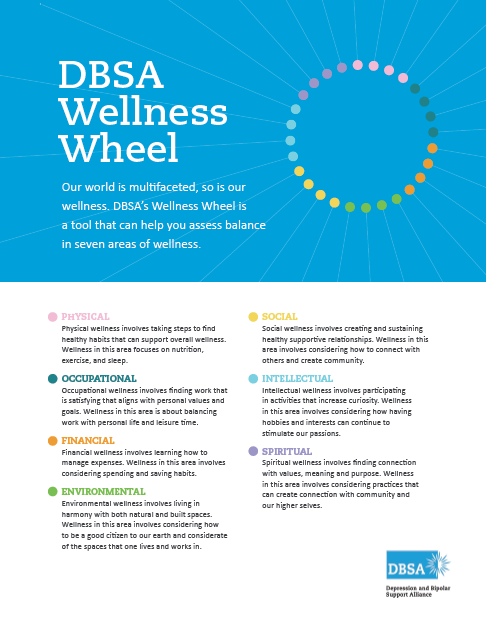Understanding Lean Principles: The Foundation of Efficiency
Lean manufacturing isn’t just about cutting costs; it’s a philosophy focused on maximizing value for the customer while minimizing waste. This involves identifying and eliminating all forms of waste, often referred to as the seven mudas: transportation, inventory, motion, waiting, overproduction, over-processing, and defects. Understanding these seven types of waste is the crucial first step in implementing lean principles effectively. By meticulously examining each stage of the production process, businesses can pinpoint areas where resources are being squandered and implement targeted improvements.
Value Stream Mapping: Visualizing the Production Flow
One of the most powerful tools in lean manufacturing is value stream mapping. This visual representation of the entire production process, from raw materials to finished product delivery, helps identify bottlenecks and areas for improvement. By mapping out the current state, companies can then develop a future state map, illustrating the desired streamlined process. This visual comparison allows for a clear understanding of the necessary changes and provides a roadmap for implementation. The process involves detailed analysis of each step, including time spent, material flow, and any delays.
5S Methodology: Organizing for Efficiency
Implementing the 5S methodology—Sort, Set in Order, Shine, Standardize, and Sustain—creates a more organized and efficient work environment. By systematically sorting through unnecessary items, organizing the remaining tools and materials, cleaning the workspace, standardizing processes, and maintaining the improvements, companies can significantly reduce waste and improve productivity. This seemingly simple approach has a profound impact on workflow, reducing wasted time searching for tools or materials and minimizing the risk of accidents.
Kaizen Events: Continuous Improvement Initiatives
Lean manufacturing is not a one-time fix; it’s a continuous improvement process. Kaizen events, or rapid improvement workshops, are short-term, focused projects designed to identify and eliminate specific problems within a process. These events usually involve a cross-functional team working collaboratively to analyze the problem, develop solutions, and implement changes quickly. This collaborative approach fosters a culture of continuous improvement and empowers employees to contribute to the overall efficiency of the organization.
Just-in-Time (JIT) Inventory Management: Optimizing Stock Levels
Just-in-Time (JIT) inventory management is a core principle of lean manufacturing. It focuses on producing only what is needed, when it is needed, minimizing the storage of raw materials and finished goods. This approach significantly reduces storage costs, minimizes waste from obsolescence, and frees up capital that can be invested elsewhere in the business. However, successful implementation requires a high degree of precision and coordination throughout the supply chain.
Poka-Yoke: Error-Proofing Processes
Poka-Yoke, or mistake-proofing, is a crucial element of lean manufacturing that aims to prevent errors from occurring in the first place. This involves designing processes and systems that make it impossible or extremely difficult to make mistakes. This can include using simple visual cues, mechanical constraints, or automated checks to ensure consistent quality and eliminate defects. By proactively preventing errors, companies can save time, resources, and the costs associated with rework or scrap.
Andon Systems: Immediate Problem Solving
Andon systems are visual signaling systems that alert management to problems on the production line. These systems can range from simple lights to more sophisticated electronic systems that provide real-time data on production status and potential issues. The immediate notification allows for swift intervention, minimizing downtime and preventing small problems from escalating into larger, more costly ones. This immediate response helps maintain production flow and enhances overall efficiency.
Training and Employee Empowerment: The Human Element of Lean
The success of lean manufacturing initiatives depends heavily on employee involvement and buy-in. Comprehensive training programs are crucial to equip employees with the necessary knowledge and skills to understand and implement lean principles effectively. Empowering employees to identify and solve problems fosters a culture of continuous improvement and ensures the long-term success of lean initiatives. When employees are invested in the process, the results are far more impactful and sustainable.
Measuring and Monitoring Progress: Tracking Key Metrics
Regularly monitoring key performance indicators (KPIs) is essential to track the progress of lean initiatives and identify areas needing further attention. Metrics such as cycle time, defect rates, inventory levels, and overall equipment effectiveness (OEE) provide valuable insights into the effectiveness of implemented changes. By consistently monitoring these metrics, companies can make data-driven decisions to further optimize processes and achieve continuous improvement. Read more about lean manufacturing training.



